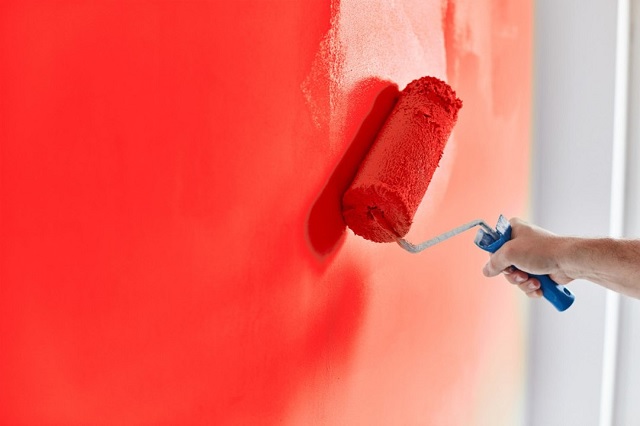
Kampala, Uganda | THE INDEPENDENT | Countries have been asked to put in place legally binding controls to limit the production, import and sale of lead paint.
Lead compounds are often added to oil-based decorative and industrial paints and other coatings to enhance colour, increase durability, maintain a fresh appearance, shorten drying time and resist moisture that causes corrosion.
But according to the World Health Organisation-WHO, using lead paint in homes, schools, toys and playground equipment, is creating a significant risk of children’s exposure to the cumulative toxicant.
Research shows that as lead paint ages and decays, it releases lead-containing dust and flakes that contaminate the environment and is easily ingested by young children who play on the floor and frequently put their hands and other objects to their mouths
This exposure to lead could result in permanent damage to the brain and the nervous system, learning disabilities, renal and cardiovascular diseases and increased risk of antisocial behaviour. It can also cause anaemia, increase the risk of kidney damage and hypertension and reduced fertility.
The Institute for Health Metrics and Evaluation has estimated that, based on 2017 data, lead exposure accounted for 1.06 million deaths from long term effects and 24.4 million disability-adjusted life years lost.
“Lead has devastating consequences on our health and in particular on the health of our children, causing lifelong intellectual disabilities,” Dr Maria Neira, the Director of the Department of Public Health which deals with social and environmental factors, at WHO has said, in a statement issued today.
Dr Neira explained that lead impairs childhood brain development, which could lead to reduced IQ. She explains that decaying lead paint can contaminate soil or dust, meaning young children, whose nervous systems are still developing, can ingest it while playing on the ground. Children can absorb up to five times more lead than adults.
The World Health Organisation is using International Lead Poisoning Prevention Week of Action running through 20-26 October, to mobilize for laws, regulations or enforceable standards to stop the manufacture, import and sale of paints that contain lead.
As of 30 September 2018, only 36 per cent of countries have confirmed that they have legally binding controls on the production, import, sale and use of lead paints. Only six of these are from Africa; they include Algeria, Cameroon, Ethiopia, Kenya, South Africa, and the United Republic of Tanzania.
A study conducted by the National Association of Professional Environmentalists in Uganda –NAPE, indicates that some paints on the Ugandan market contain dangerously high lead concentrations above 10,000 parts per million(ppm). The highest lead concentration detected was 150,000 ppm, specifically in yellow paints.
The East African Community-EAC agreed on regional lead paint standards setting the limit of lead in paint at 90 ppm to be finalized later this year.
*****
URN
 The Independent Uganda: You get the Truth we Pay the Price
The Independent Uganda: You get the Truth we Pay the Price



